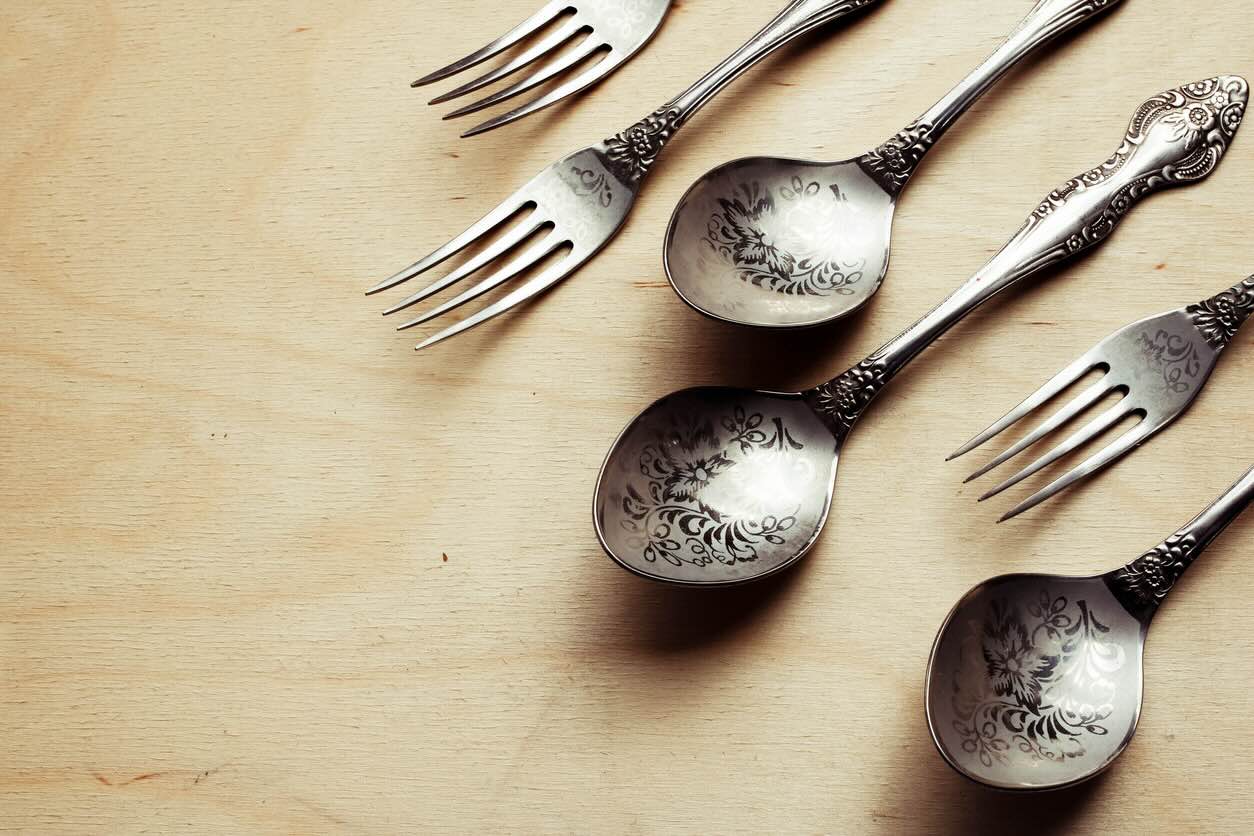

Tableware
What Is Silverware Made Of
Modified: November 2, 2024
Discover what silverware, also known as tableware, is made of. Find out the materials commonly used to create these essential dining utensils.
(Many of the links in this article redirect to a specific reviewed product. Your purchase of these products through affiliate links helps to generate commission for Storables.com, at no extra cost. Learn more)
Introduction
Tableware is an essential part of our daily lives, enhancing the dining experience and adding a touch of elegance to any meal. Among the various types of tableware, silverware holds a special place. With its lustrous appearance and timeless charm, silverware has been used by civilizations for centuries.
In this article, we will delve into the fascinating world of silverware and explore its history, types, and composition. We will also discuss the different materials used in silverware production, such as sterling silver and stainless steel, and provide tips on caring for and maintaining silverware.
So, let’s embark on this journey to discover the beauty and craftsmanship behind silverware!
Key Takeaways:
- Silverware has a rich history dating back to ancient civilizations, evolving into a cherished part of dining experiences. From sterling silver to stainless steel, each type offers unique qualities and benefits for various occasions.
- Proper care and maintenance are essential for preserving the beauty and functionality of silverware. Whether it’s sterling silver, silver-plated, or stainless steel, following specific guidelines will help maintain its elegance for generations to come.
Read more: What Is Community Silverware Made Of
History of Silverware
The use of silverware can be traced back thousands of years to ancient civilizations. The Egyptians, Greeks, and Romans were among the early adopters of silver utensils for dining purposes. However, it was during the Renaissance period in Europe that silverware truly began to flourish as a symbol of wealth and status.
In the 16th and 17th centuries, silverware became intricately designed with engravings and elaborate patterns, showcasing the artisan’s craftsmanship. It was primarily used by the aristocracy and the nobility who could afford such luxury items. The popularity of silverware grew even further during the Victorian era, with ornate designs reflecting the opulence of the time.
During the 19th and 20th centuries, advancements in manufacturing techniques made silverware more accessible to the middle class. Mass production allowed for the creation of silver-plated flatware that mimicked the look of solid silver at a more affordable price. This democratization of silverware led to its widespread usage across various social classes.
Today, silverware continues to be a cherished part of formal dining occasions, special events, and everyday use for those who appreciate its elegance and craftsmanship. While modern production techniques have made silverware more accessible, traditional craftsmanship and handmade silverware still hold a special place in the hearts of collectors and connoisseurs.
Types of Silverware
Silverware encompasses a wide range of utensils and flatware, each serving a specific purpose in the dining experience. Let’s explore some of the most common types of silverware:
- Knives: Knives are an essential part of any silverware set. They come in different shapes and sizes, with a sharp blade for cutting through food. Butter knives are used for spreading butter or spreads, while steak knives have serrated edges for slicing through meat.
- Forks: Forks are used for picking up food and bringing it to the mouth. They come in various sizes and designs, with different numbers of tines. Dinner forks are used for the main course, salad forks for salads, and dessert forks for sweet treats.
- Spoons: Spoons are versatile utensils that come in different shapes and sizes. A tablespoon is used for serving and stirring, while teaspoons are smaller and used for stirring coffee or enjoying desserts. Soup spoons have a rounded bowl for enjoying soups and stews.
- Serving Utensils: These include serving spoons, ladles, and serving forks. These larger utensils are used for serving food from serving dishes to individual plates. They are designed to be easy to handle and practical for serving larger portions.
- Specialty Silverware: This category includes unique utensils designed for specific purposes. Examples include fish forks and knives for enjoying seafood, cake servers for slicing and serving cake, and oyster forks for delicately enjoying oysters.
These are just a few examples of the types of silverware available. Silverware sets often include a combination of these utensils, providing everything needed for a formal dining experience or everyday use.
Composition of Silverware
The composition of silverware refers to the materials used in its production. While the name “silverware” suggests that these utensils are made solely of silver, this is not always the case. Let’s explore the different compositions used in silverware:
- Sterling Silver: Sterling silver is the most traditional and luxurious material for silverware. It is made of 92.5% pure silver and 7.5% copper or other metals for added durability. This composition gives sterling silverware its hallmark shine and durability, making it highly sought after. However, due to its higher silver content, sterling silverware may require more upkeep to prevent tarnishing.
- Silver Plating: Silver-plated silverware consists of a base metal, such as stainless steel or nickel silver, coated with a layer of silver. This makes it more affordable than sterling silverware while maintaining a similar aesthetic. The thickness of the silver plating can vary, with heavier silver-plated flatware being more durable and long-lasting.
- Stainless Steel: Stainless steel is a popular choice for modern silverware due to its durability, affordability, and resistance to corrosion. Most stainless steel flatware sets are made of a combination of iron, chromium, and nickel. The addition of chromium provides the corrosion-resistant properties, while nickel gives the flatware its shine. Stainless steel flatware is low-maintenance and suitable for everyday use.
When choosing silverware, it’s important to consider your preferences, budget, and usage. Sterling silverware is an excellent choice for special occasions and heirloom pieces, while silver-plated and stainless steel flatware are more practical for everyday use.
Regardless of the composition, proper care and maintenance will help prolong the lifespan of your silverware, keeping it looking beautiful and preserving its functionality.
Sterling Silver
Sterling silver is a highly prized material for silverware due to its beauty, durability, and long-standing history. It is composed of 92.5% pure silver and 7.5% copper or other metals, which are added to enhance its strength and durability.
The use of sterling silver in silverware dates back centuries and is synonymous with luxury and high-quality craftsmanship. Its distinctive shine, elegant appearance, and heft make it a popular choice for formal dining occasions and special events.
One of the unique qualities of sterling silver is its ability to develop a beautiful patina over time. This patina is a thin layer that forms on the surface due to the interaction of silver with the surrounding environment. Many collectors and connoisseurs appreciate the rich, aged look of patinated sterling silver, considering it a sign of authenticity and character.
However, sterling silverware requires regular upkeep to prevent tarnishing, which is the darkening or discoloration of the surface. Tarnishing occurs due to exposure to air, moisture, and certain chemicals. To minimize tarnishing, it is essential to properly care for and store your sterling silverware.
Here are some tips to care for your sterling silverware:
- Hand wash your sterling silverware with mild soap and warm water, avoiding harsh detergents.
- Use a soft cloth or sponge to gently clean the silverware, avoiding abrasive materials that can scratch the surface.
- Dry the silverware thoroughly after washing to prevent water spots and tarnish.
- Store your sterling silverware in a clean, dry place, away from exposure to air and moisture. Consider using anti-tarnish storage bags or cloth to protect the silverware.
- Regularly polish your sterling silverware with a silver polishing cloth or a specialized silver polish to remove tarnish and restore its luster.
- Avoid using silverware with acidic or salty foods, as they can accelerate tarnishing. Also, be cautious with contact with rubber or stainless steel, as these materials can cause a chemical reaction that leads to tarnishing.
With proper care and maintenance, sterling silverware can be enjoyed and cherished for generations. Its timeless beauty and enduring quality make it a worthwhile investment for any tableware collection.
When it comes to silverware, it can be made of various materials including stainless steel, silver, or even gold. Each material has its own unique properties and care instructions, so it’s important to know what your silverware is made of to properly maintain it.
Read more: What Is Required For Preset Silverware
Silver Plating
Silver plating refers to a process in which a base metal, such as stainless steel or nickel silver, is coated with a layer of silver. This technique provides the appearance and some of the properties of solid silver at a more affordable price point.
Silver-plated flatware has been popular for centuries, allowing people to enjoy the elegance of silverware without the high cost of pure sterling silver. The silver plating is achieved through electroplating, where a thin layer of silver is deposited onto the base metal.
There are different thicknesses of silver plating available, which can impact the durability and longevity of the silverware. The plating thickness is measured in microns, with heavier plating offering greater resistance to wear and corrosion.
Silver-plated flatware offers several advantages:
- Affordability: Silver-plated flatware is more budget-friendly compared to sterling silver. It provides an accessible way to enjoy the beauty and elegance of silverware.
- Aesthetics: Silver-plated flatware closely resembles the appearance of solid silver. It has a shiny, lustrous surface that adds sophistication to any table setting.
- Durability: While not as durable as sterling silver, silver-plated flatware can still withstand regular use and proper care. The base metal provides added strength, making it less susceptible to bending or damage.
- Maintenance: Silver-plated flatware requires similar maintenance as sterling silver. It should be hand washed with mild soap, dried thoroughly, and stored in a dry place to prevent tarnishing. Regular polishing can help restore its shine.
It’s important to note that over time, the silver plating may wear off, especially with frequent use and cleaning. This can result in the base metal being exposed, affecting the appearance of the flatware. However, with proper care, silver-plated flatware can last for many years.
When choosing silver-plated flatware, consider the quality of the plating and the reputation of the manufacturer. Higher-quality silver plating will provide better longevity and resistance to tarnishing.
Silver-plated flatware is a popular choice for everyday use as well as for special occasions. It offers a balance between elegance, affordability, and practicality, making it a versatile option for any table setting.
Stainless Steel Flatware
Stainless steel flatware has become a popular choice for everyday dining due to its durability, affordability, and low-maintenance qualities. Made from a combination of iron, chromium, and nickel, stainless steel flatware offers numerous advantages for both casual and formal dining experiences.
One of the key benefits of stainless steel flatware is its exceptional durability. The iron in stainless steel provides a solid and robust structure, while the addition of chromium enhances its corrosion resistance, making it highly resistant to staining, rusting, and pitting. The nickel content gives stainless steel its shine and enhances its resistance to tarnish.
Stainless steel flatware is available in different grades, with 18/10 stainless steel being the highest quality. The numbers 18 and 10 refer to the percentages of chromium and nickel, respectively. This grade of stainless steel is known for its superior corrosion resistance, longevity, and shine.
In addition to its durability, stainless steel flatware offers several other advantages:
- Affordability: Stainless steel flatware is more cost-effective compared to silver-plated or sterling silver flatware. It provides an accessible option for those looking for stylish and reliable utensils without breaking the bank.
- Versatility: Stainless steel flatware is suitable for various dining occasions, from everyday use to formal gatherings, as it effortlessly blends in with any table setting or decor style.
- Easy Maintenance: Stainless steel flatware is exceptionally low-maintenance. It can be safely cleaned in a dishwasher, making it convenient for busy households. However, for optimal longevity, hand washing and drying promptly is recommended.
- Resistant to Tarnish: Compared to silverware, stainless steel flatware is resistant to tarnish, eliminating the need for regular polishing. However, it may develop minor scratches over time, which are normal and do not impact its functionality.
- Variety of Designs: Stainless steel flatware is available in a wide range of designs, from sleek and modern to classic and ornate, allowing you to choose the style that suits your personal preferences and complements your table setting.
When purchasing stainless steel flatware, pay attention to the quality of the stainless steel and the design details. Look for well-crafted pieces with a comfortable handle grip and a solid construction that will withstand regular use.
Overall, stainless steel flatware is a practical and versatile choice that combines durability, affordability, and aesthetics. Its resistance to corrosion, low-maintenance nature, and wide variety of designs make it a popular option for households, restaurants, and other dining settings.
Silverware Care and Maintenance
Proper care and maintenance are essential to keep your silverware looking beautiful and in optimal condition. Whether you have sterling silver, silver-plated, or stainless steel flatware, following these guidelines will help preserve its shine and longevity:
- Hand Washing: Whenever possible, hand wash your silverware. Use mild, non-abrasive dish soap and warm water. Avoid using harsh detergents or scrub brushes, as they can scratch the surface.
- Drying: After washing, dry your silverware thoroughly with a soft cloth or towel. Moisture can promote tarnishing, so ensure that no water droplets are left behind.
- Storage: Store your silverware in a clean, dry place. Ideally, use a silverware chest or a lined drawer to protect the utensils from scratches and tarnishing. Consider using anti-tarnish strips or pouches to prevent tarnish formation.
- Polishing: Use a specialized silver polishing cloth or a silver polish to restore the shine of your silverware and remove tarnish. Follow the instructions on the polish product and gently rub the surface in a back-and-forth motion. Take care not to over-polish, as this can wear away the silver plating.
- Avoid Exposure: Keep your silverware away from direct exposure to air, moisture, and chemicals. Store it in a location that is not prone to temperature fluctuations or extreme humidity.
- Use Proper Utensils: Avoid using silverware with acidic or salty foods for an extended period, as they can accelerate tarnishing. Additionally, refrain from using your silverware with stainless steel or rubber-coated utensils, as they can cause a chemical reaction that leads to tarnishing.
- Regular Use: Using silverware regularly can help prevent tarnishing, as the oils on your skin can provide a protective barrier. However, if you have silver-plated flatware, excessive use or aggressive cleaning can cause the silver plating to wear off.
It’s important to note that silverware, especially sterling silver, may develop a natural patina over time. Some people appreciate this patina as it adds character and authenticity to the flatware. However, if you prefer a high shine, regular polishing will help restore the silverware to its original luster.
By following these care and maintenance tips, you can enjoy the beauty and functionality of your silverware for years to come. Whether it’s for a special occasion or everyday use, properly cared-for silverware will add elegance and charm to your dining experience.
Conclusion
Silverware holds a special place in the world of tableware, adding a touch of elegance, charm, and sophistication to any meal. From its rich history and captivating designs to the various compositions and types available, silverware has evolved into a cherished part of our dining experience.
Whether you prefer the luxurious allure of sterling silver, the affordability and aesthetic of silver-plated flatware, or the durability and practicality of stainless steel, each type of silverware offers its own unique qualities and benefits.
Regardless of the composition, caring for your silverware is crucial to maintain its beauty and functionality. The proper washing, drying, and storage techniques, as well as regular polishing, will help prevent tarnishing and preserve the shine of your silverware for generations to come.
Whether you’re hosting a formal dinner party, enjoying a family meal, or simply relishing a quiet moment, using silverware elevates the dining experience and adds a touch of sophistication to every bite.
So, whether you choose sterling silver, silver-plated flatware, or stainless steel, embrace the beauty and craftsmanship of silverware and make every meal an exceptional one.
Investing in quality silverware is not only a practical choice but also a testament to the artistry and tradition of the tableware industry. So, set your table with pride, take pleasure in each meal, and savor the timeless elegance of silverware.
Frequently Asked Questions about What Is Silverware Made Of
Was this page helpful?
At Storables.com, we guarantee accurate and reliable information. Our content, validated by Expert Board Contributors, is crafted following stringent Editorial Policies. We're committed to providing you with well-researched, expert-backed insights for all your informational needs.
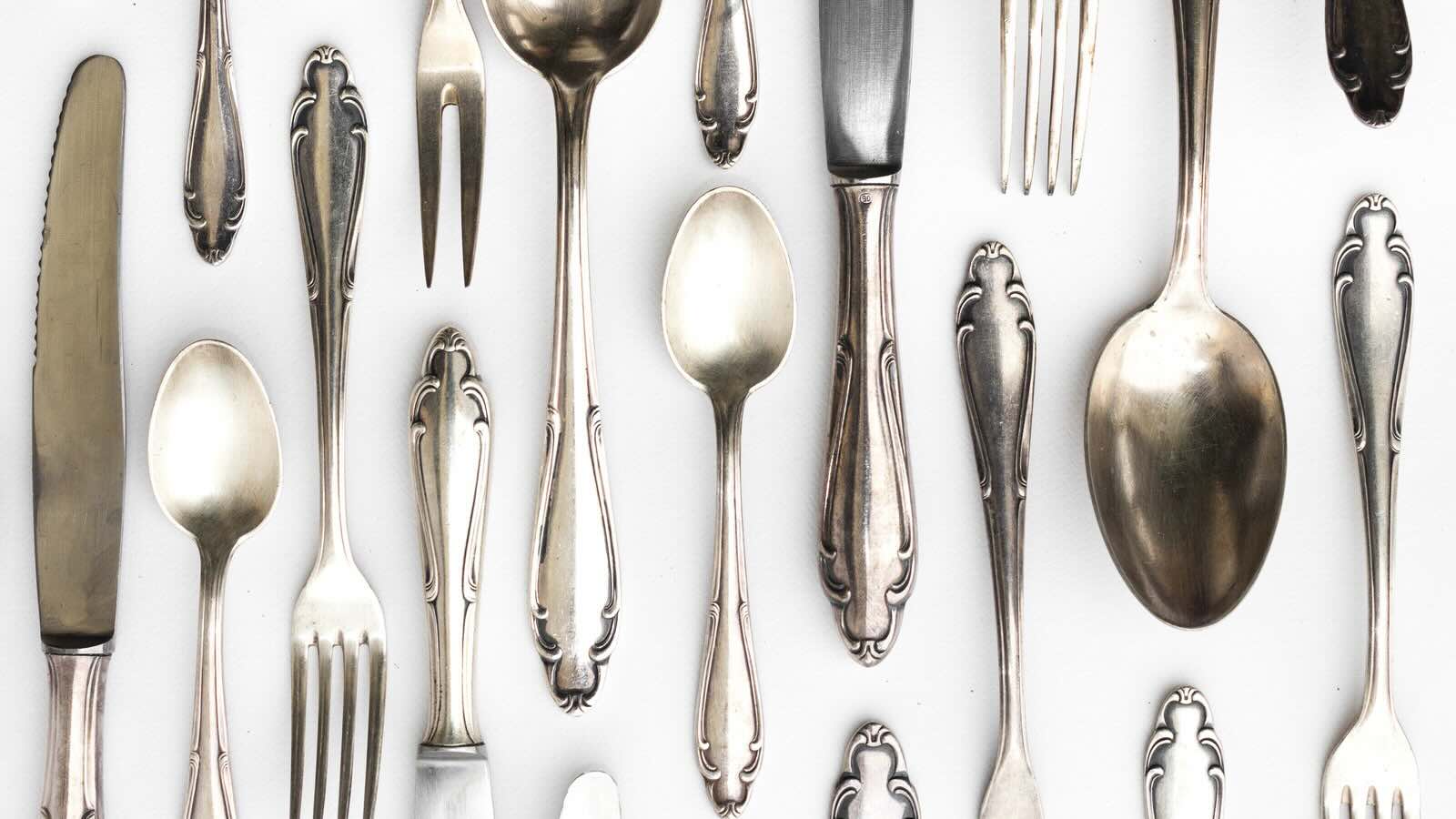
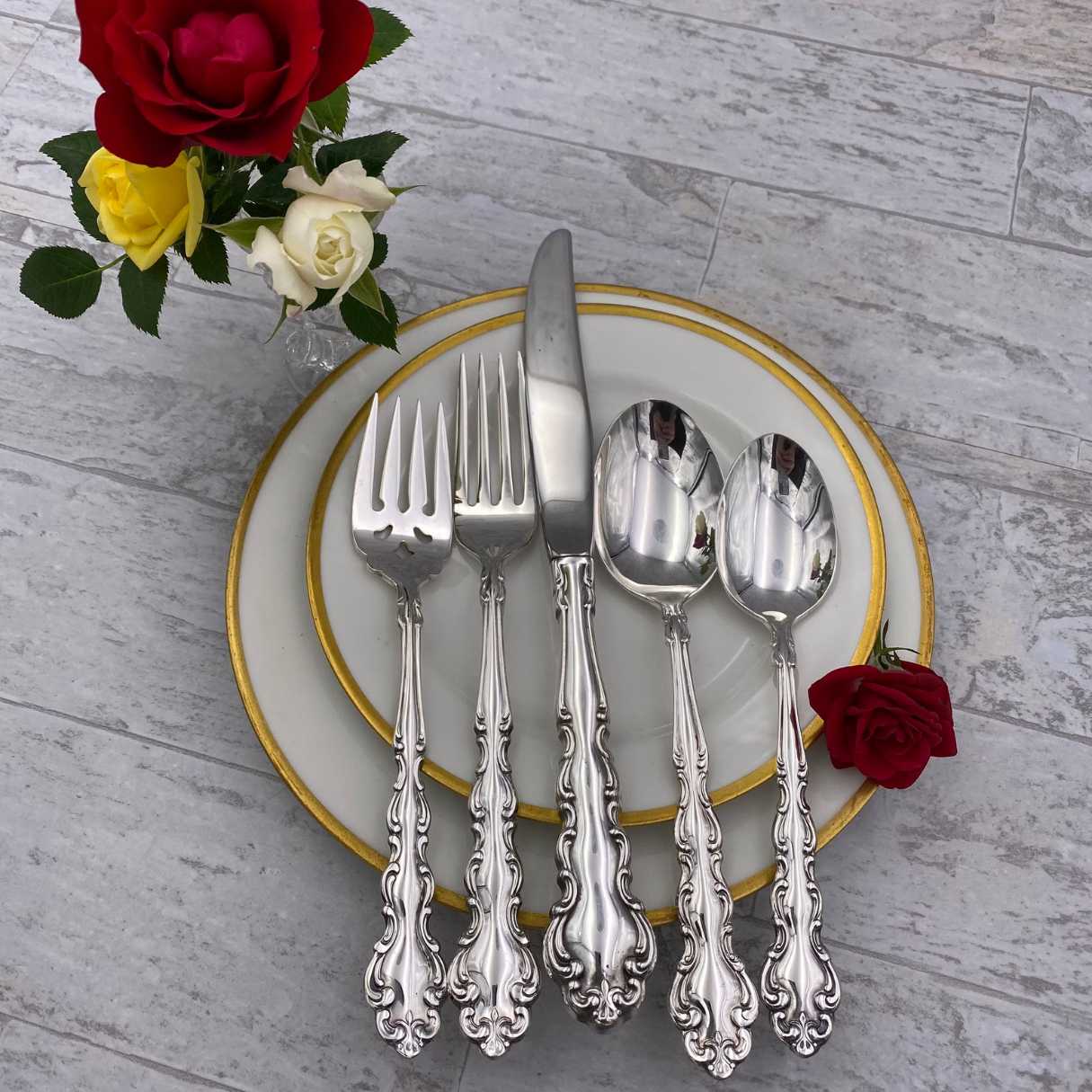
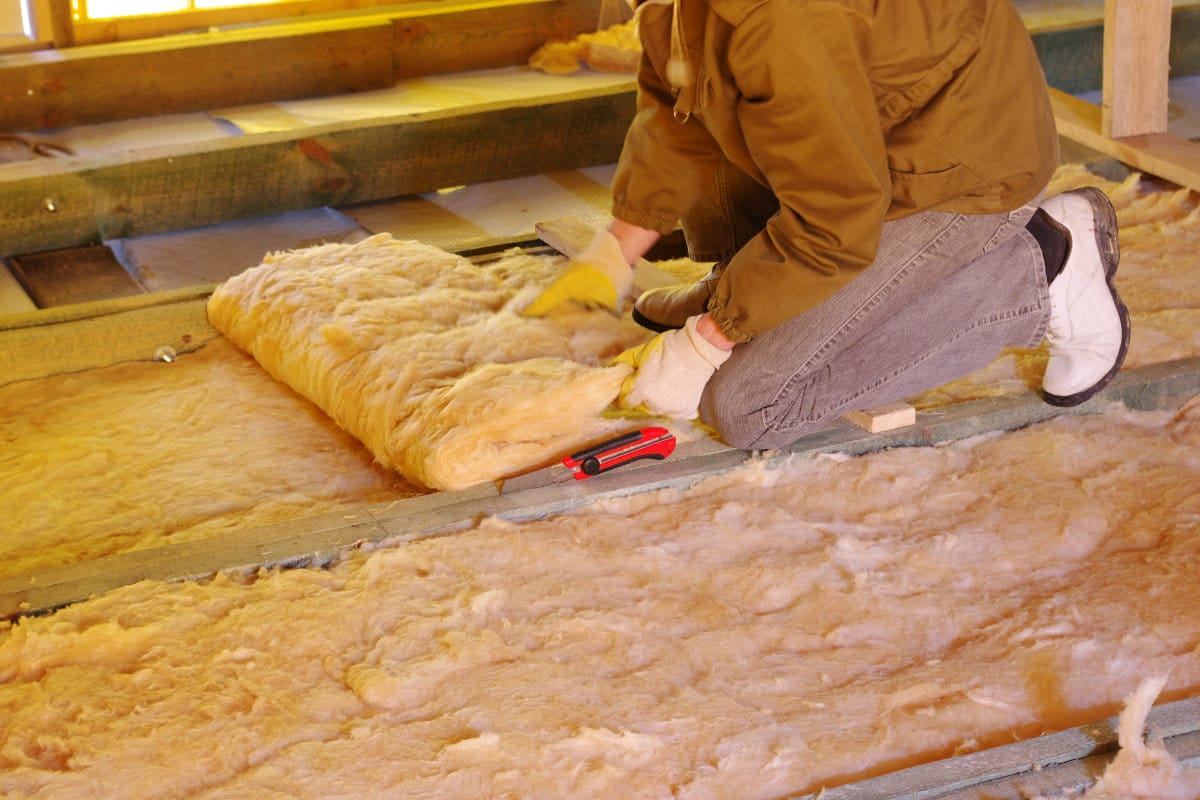

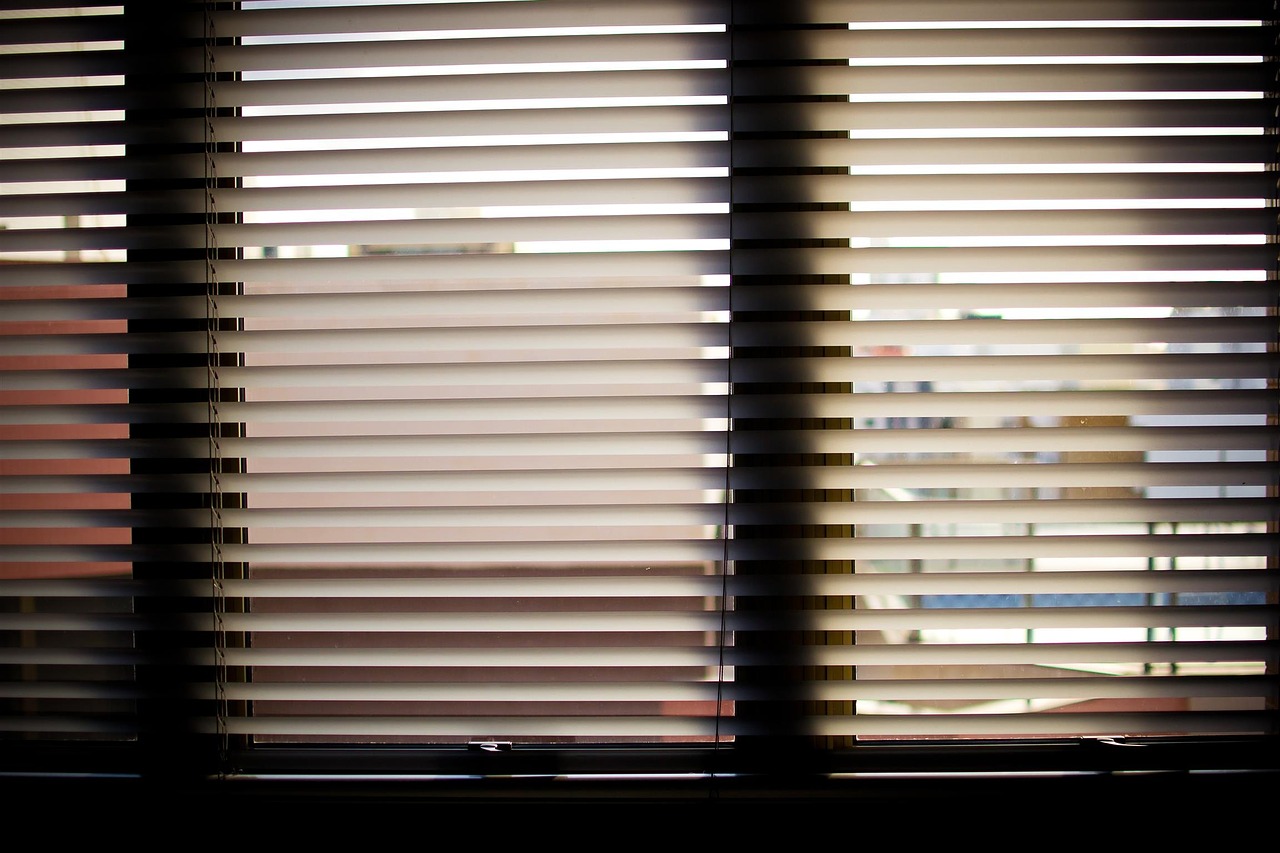
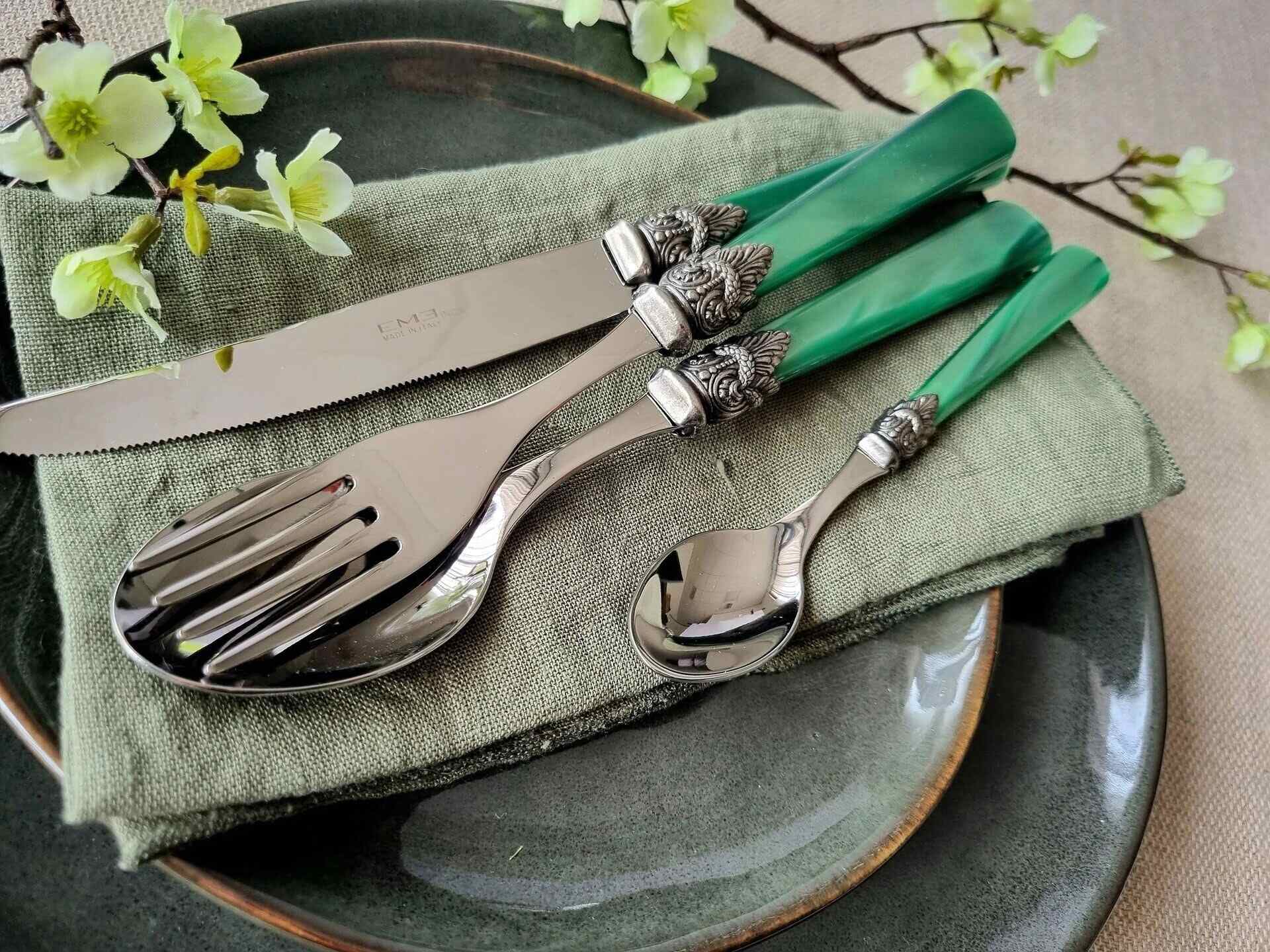

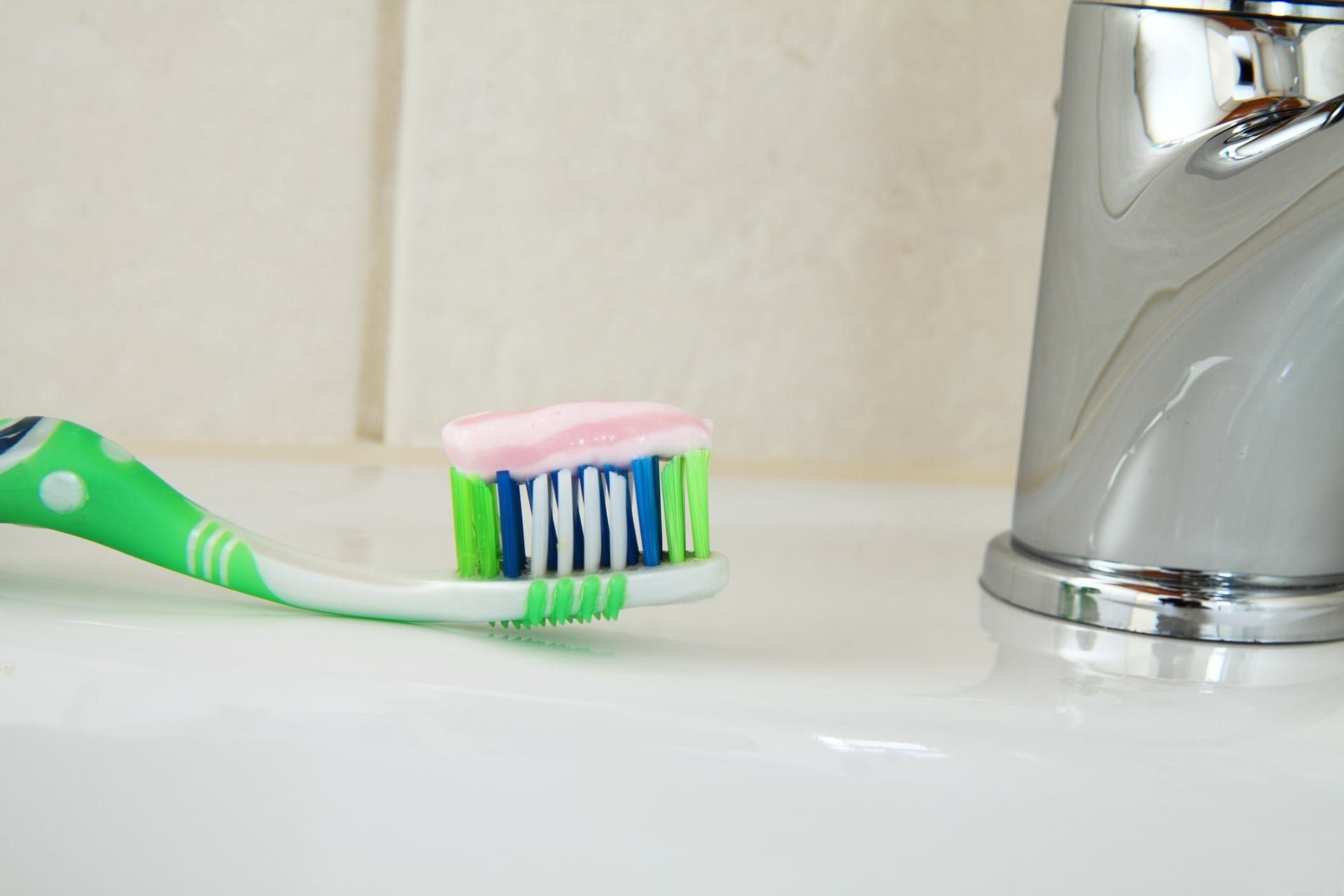
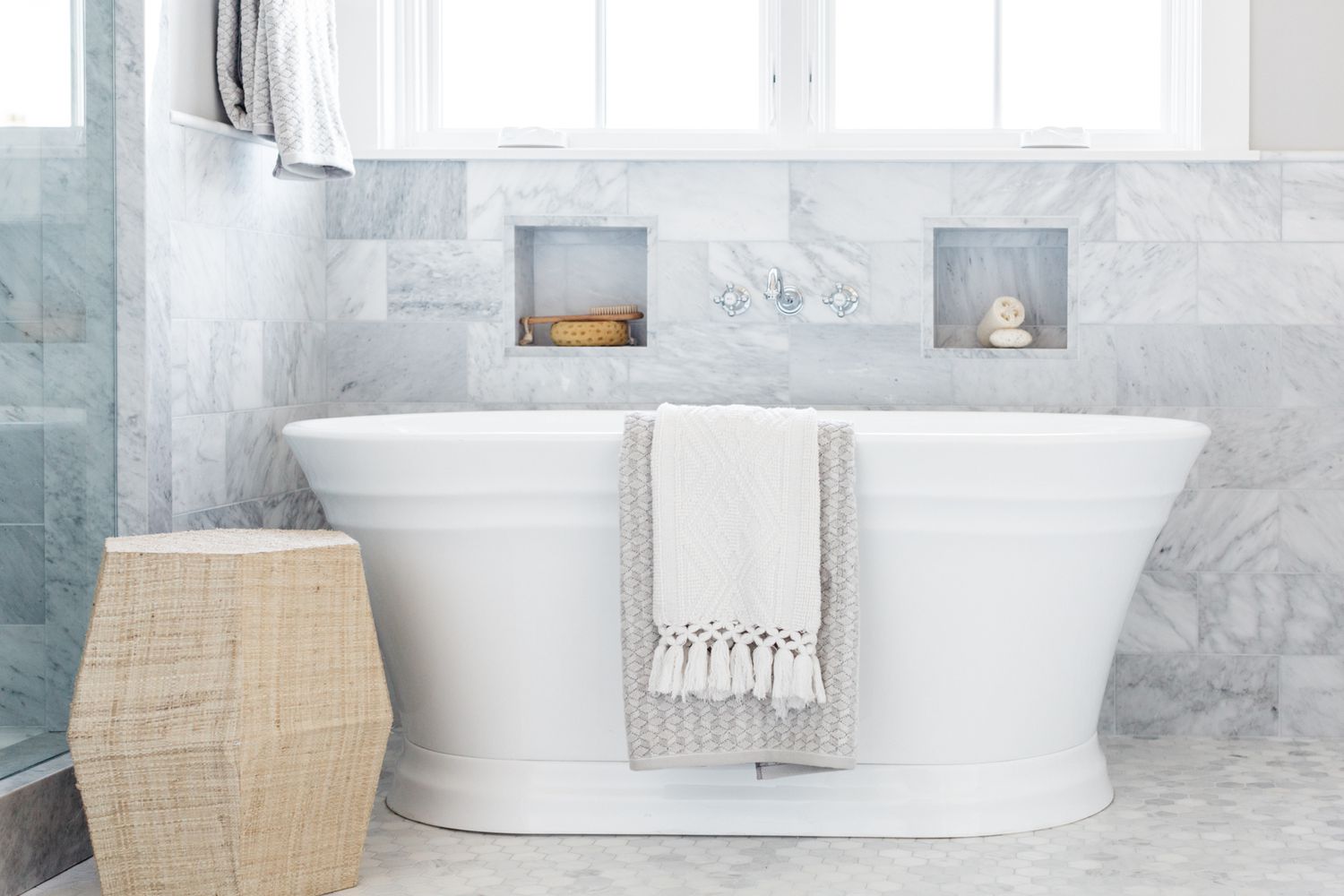

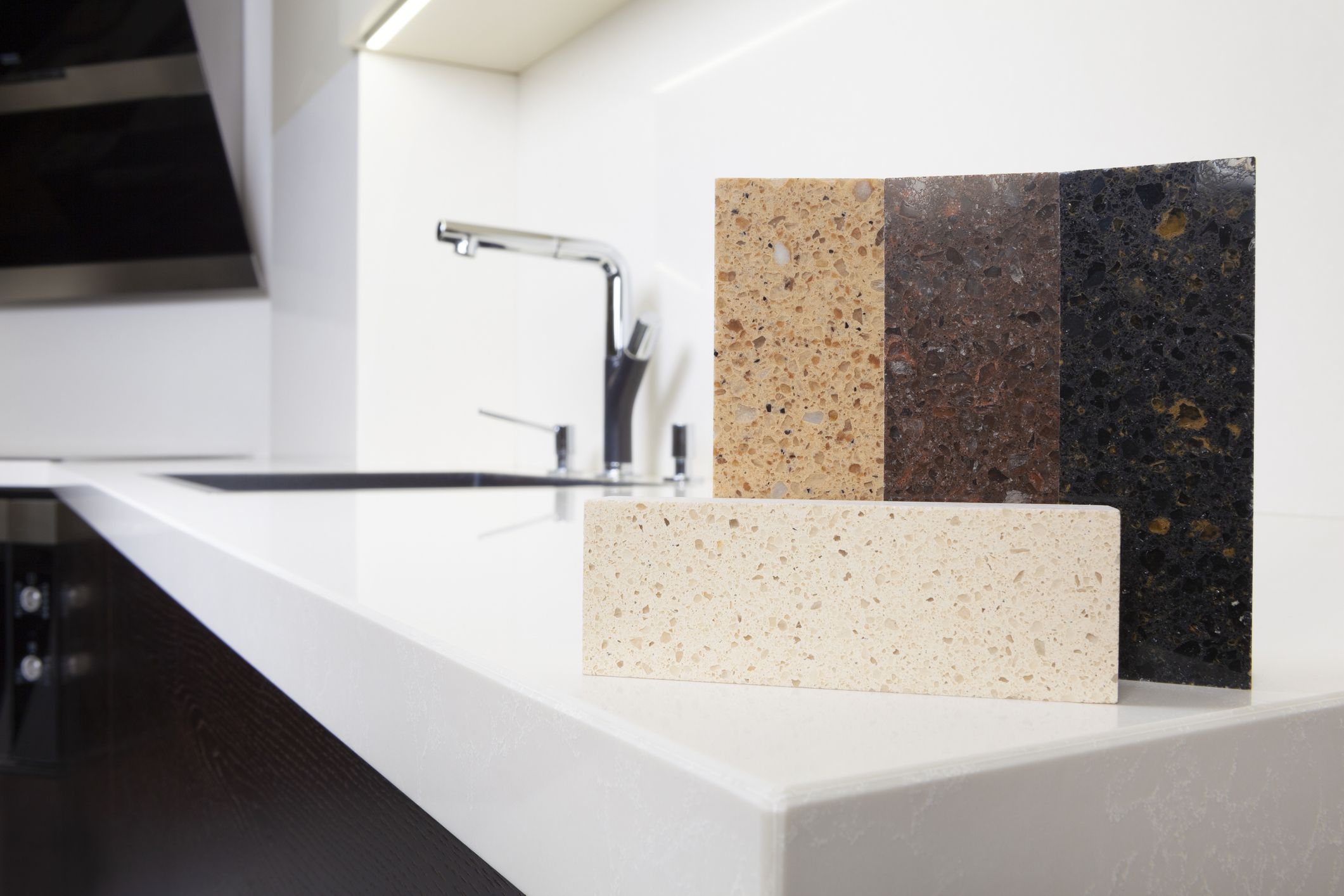
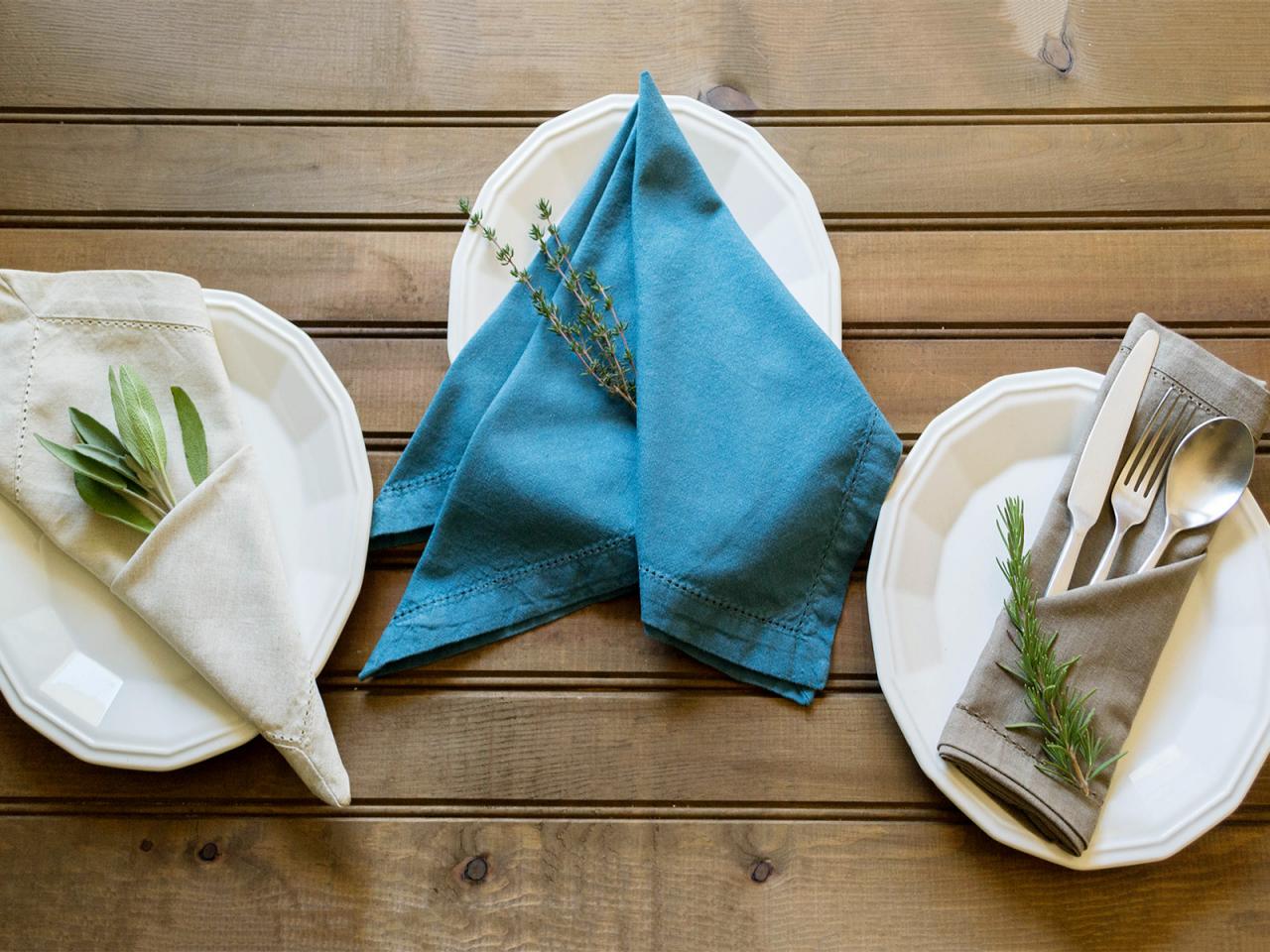
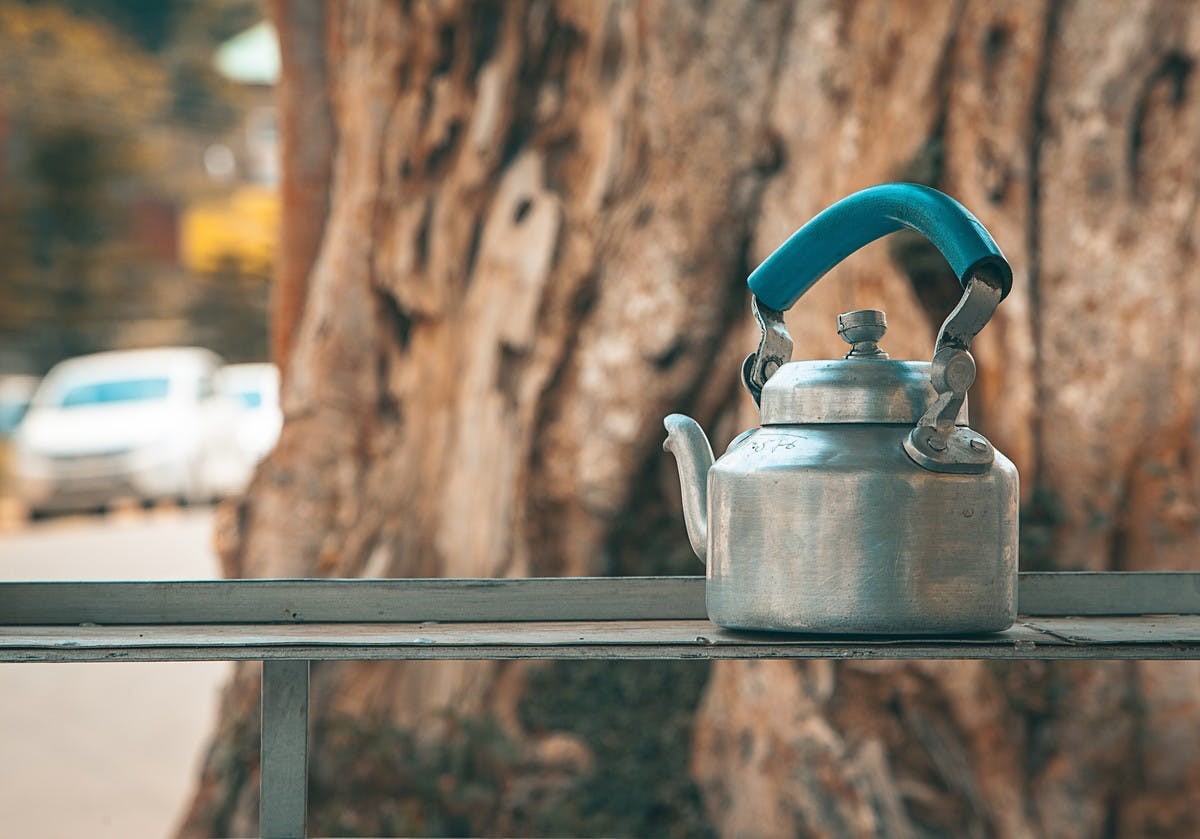
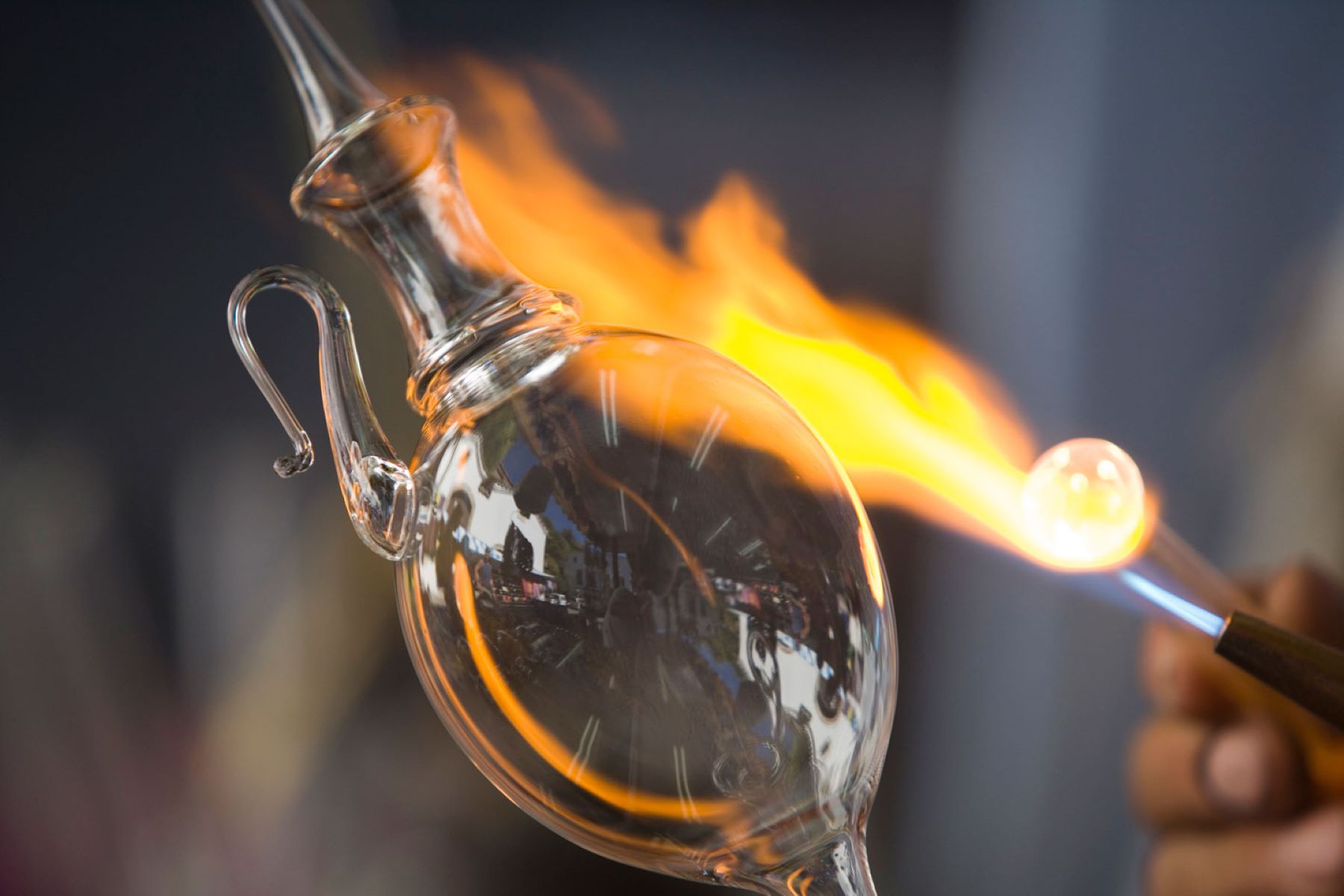

0 thoughts on “What Is Silverware Made Of”